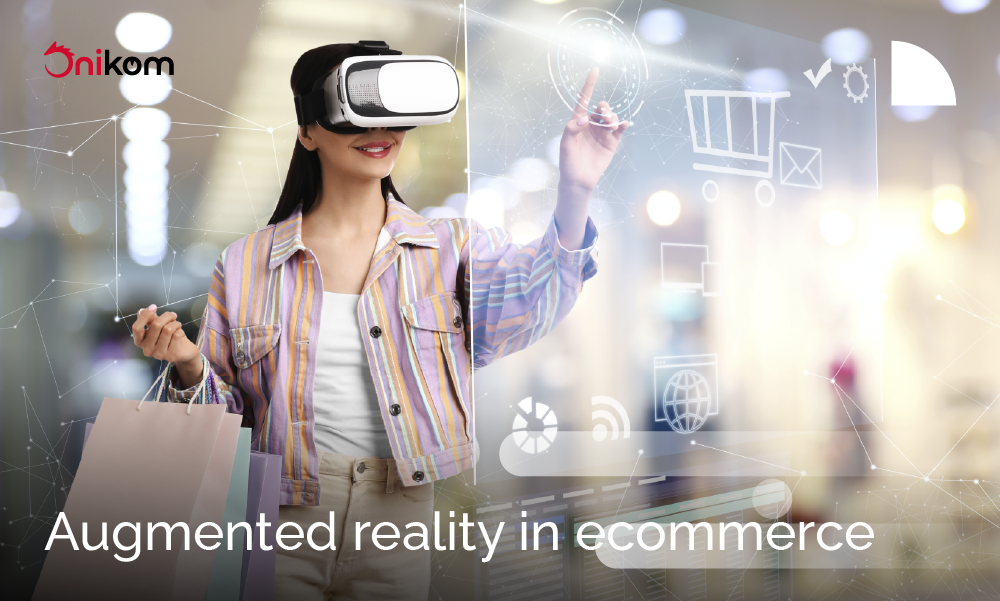The e-commerce industry has experienced unprecedented growth in recent years. With the rise of online shopping, more and more companies are looking for ways to stand out in a highly competitive market. One of the emerging technologies that has proven to be particularly effective in enhancing the e-commerce user experience is AR and VR.
Augmented and virtual reality allow consumers to interact with products in a completely new and exciting way. These technologies provide an immersive experience that transcends the limitations of the screen and allows users to see and experience products in a more realistic way.
So how can you transform the user experience in your ecommerce using augmented and virtual reality? Here are a few ways these technologies can make a difference:
- 3D product visualization:
Augmented and virtual reality allow customers to view products in 3D from all angles. This gives them a better understanding of the products and how they would look in real life. For example, if you have an online furniture store, customers can use AR or VR to see how a sofa would look in their living room before making a purchase.
- Product testing:
With AR and VR, customers can try products virtually before they buy them. For example, an online fashion store can allow users to “try on” clothes virtually, seeing how they would look without having to visit a physical store. This reduces uncertainty and increases customer confidence when shopping.
- Product customization:
Customers can use these technologies to configure and display products according to their individual preferences. For example, an online jewelry store can allow customers to customize a ring, choosing the type of stone, design and size, and then view it in 3D before making the purchase.
- Additional information:
They can provide customers with additional information about products. For example, by using the camera on their mobile device, customers can point at a product and receive detailed information about features, technical specifications and reviews from other customers. This helps customers make informed decisions and improves the transparency of online shopping.
- Immersive shopping experiences:
They also provide the opportunity to create immersive and exciting shopping experiences. For example, some brands have used AR and VR to create virtual trial experiences, where customers can “test drive” products or access exclusive content by scanning codes or images with their devices.

